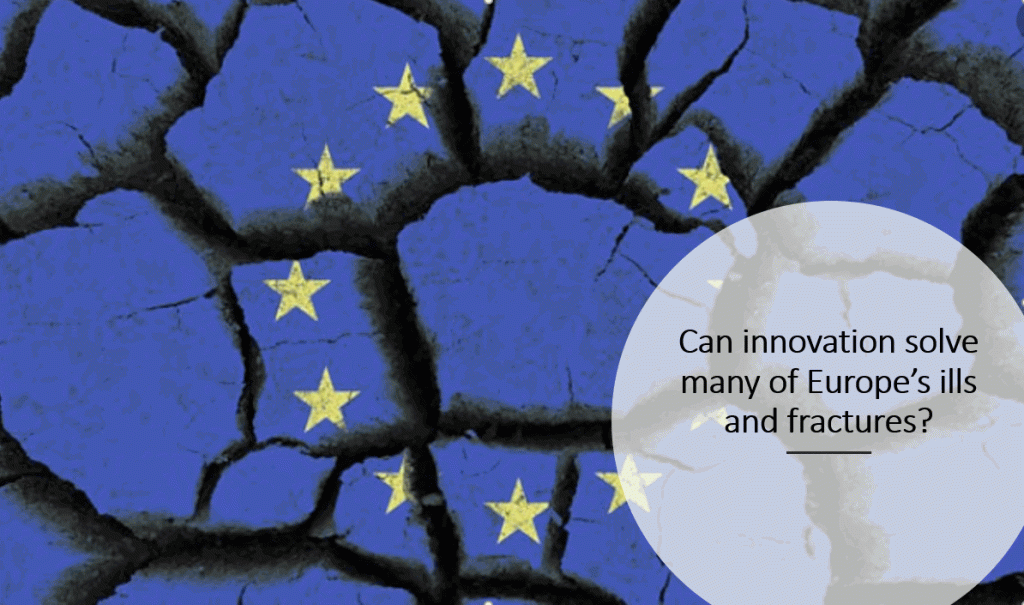
In the past few months, I have been placing an increasing focus on the energy transition we all need to undertake in our energy systems, to build a more comprehensive understanding of the parts that make up the whole of this transition.
It is one of the most critical places where innovation application is required and able to be conducted to deliver a sustaining impact in our world. Innovation solutions will provide the energy transition needed, and that is what makes it such a compelling area to focus upon.
For me, the energy transition that the world is undertaking requires all forms of innovation, to offer technically advanced, as well as breakthrough solutions, to an incredibly complex system of energy delivery. To redesign a complete energy system in twenty to thirty years, which is the current time frame being wanted to be achieved, is as demanding as you can get. I certainly want to play a role in this transformation, it is exciting, challenging, and demanding on all involved.
We need to appreciate the magnitude of the innovation challenges Continue reading “Managing Energy Transition through Innovation”




